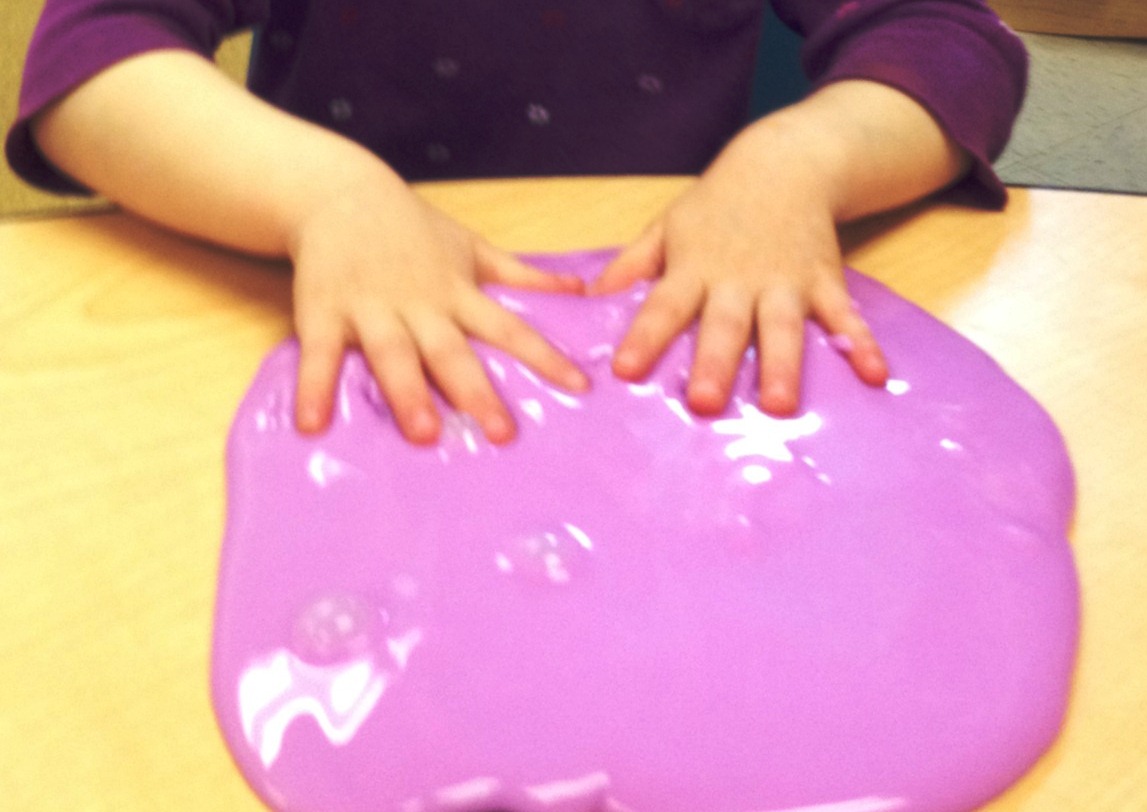Laurie Hudson, the 2012 Braille Institute Braille Challenge Teacher of the Year, shares strategies for teaching braille to our youngest readers. She believes that young children benefit from an approach to braille that is developmental, meaningful and fun. We need to look at readiness for formal instruction, and then we need to adjust our pacing, expectations, and activities according to the learning needs of young children. In the guidelines that follow, these approaches are addressed. (These are excerpts from Teaching Braille to Young Children, which is also found on this website.)
Before beginning a formal braille writing curriculum, children should be able to do the following:
- attend to a task for at least a few minutes at a time
- isolate their fingers and their thumbs, pressing each one separately and firmly
- have some experience with braille and tactile symbols
- pretend to read tactile books and be involved as older children and adults read and write braille
- speak or sign words and simple messages, and understand as others communicate with them
Make it Fun!
- Emphasize enjoying braille and having fun with it.
- Give children the opportunity to playfully explore reading and writing.
- At the beginning of the curriculum, enthusiastically accept approximations.

Make it Meaningful!
- Let children experience whole events.
- Let children witness adults reading and writing braille.
- Integrate reading and writing.
- Approach the mechanics of braille production and reading within the larger context of braille literacy.
Make it Developmental!
- Allow some portions of lessons to be child-led.
- Build from symmetrical to asymmetrical, from fewer dots to more dots, and from unique characters that are easily reversed and/or inverted.
- Begin by scheduling short lessons, and expect speed and stamina only at the end of the curriculum.
Use this Self-Check to see whether or not you are using these strategies.
|
|






